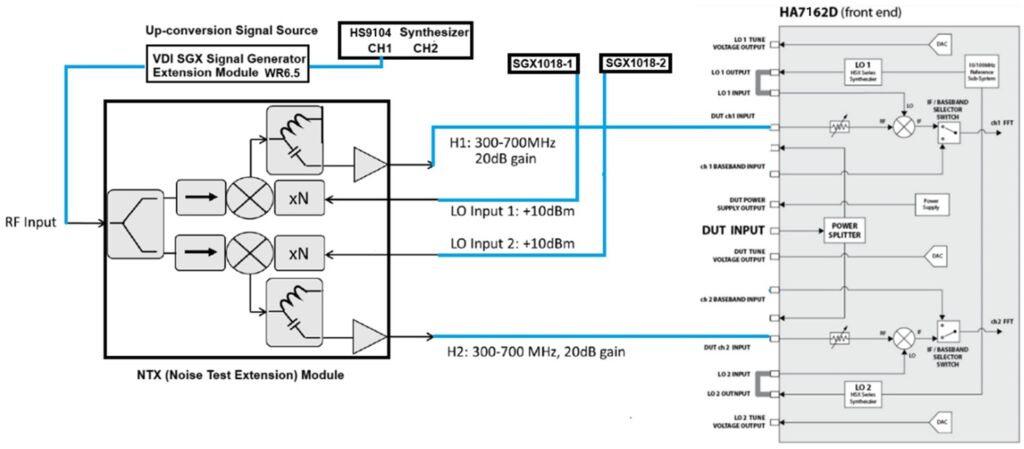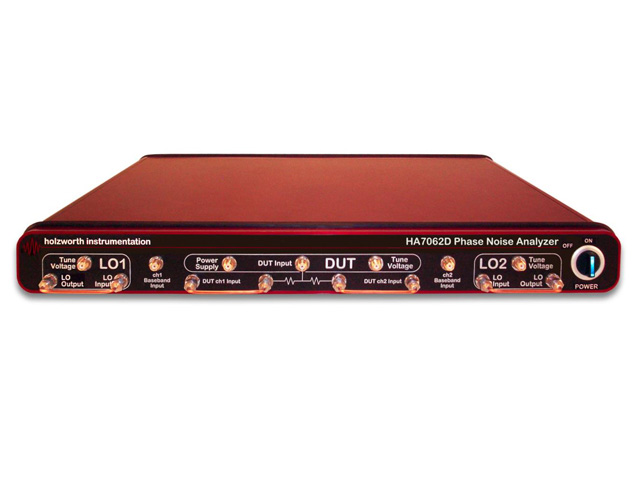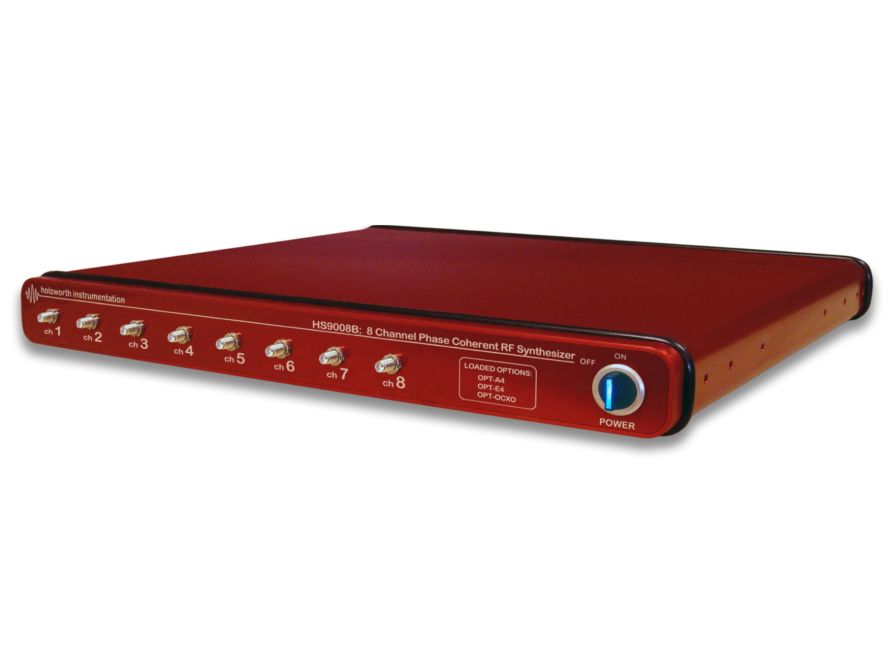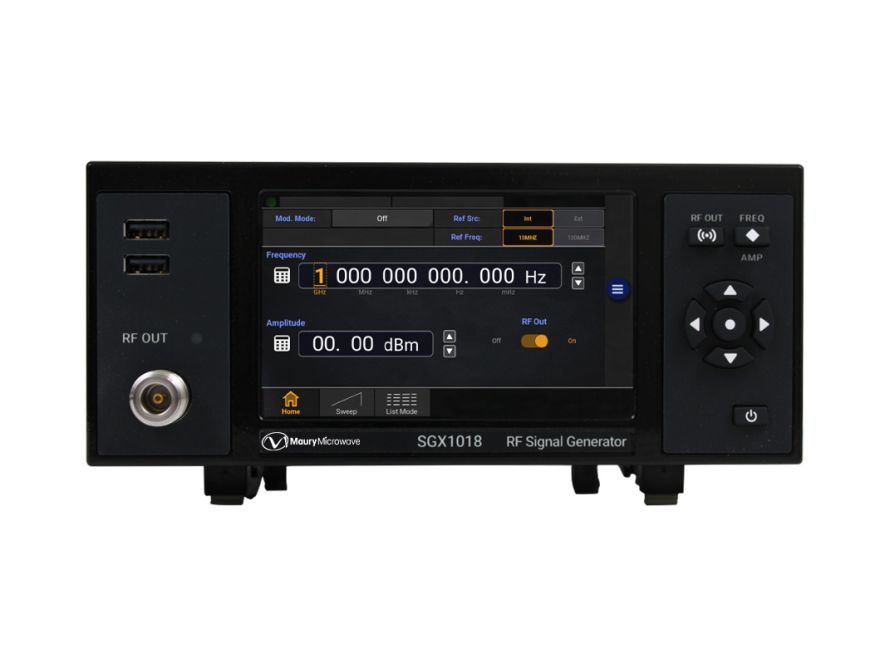As next-gen communications, radar, and sensing technologies push into D-Band, designers need advanced phase noise analysis solutions to maintain expected performance. This blog reviews common D-Band applications and how to accurately characterize the phase noise performance of devices in this frequency range.
D-Band Applications
D-Band defines the portion of the mmWave spectrum between 110 and 170 GHz, wedged in between W-Band (75 – 110 GHz) and the lower-end of sub-THz frequencies. This range is growing in popularity and becoming a key focus for various applications, including:
6G wireless communications: The amount of spectrum available in D-Band provides the bandwidth needed to support 6G-level data rates and low latency. Its shorter wavelengths enable the design of smaller, more compact antenna arrays that can deliver strong, narrowly focused, and higher quality signals.
Inter-satellite links (ISL): Compact, high-gain D-Band antennas are ideal for fitting onto satellites with limited space and strict weight requirements. Their precisely directed beams streamline the exchange of data between satellites, while wide bandwidth supports rapid transfer of large-volume information across a constellation.
Imaging/radar systems: The shorter wavelengths at D-Band allow radar and advanced imaging systems to achieve finer resolution for detecting smaller objects and capturing more nuanced detail than what is possible at lower-frequency bands. Range accuracy and image clarity also benefit from a large amount of available bandwidth.
Phase Noise Challenges at D-Band
The short-term, random fluctuations in phase within an electronic device, known as phase noise, are a significant concern as frequencies rise into the D-Band range. Shorter wavelengths are more sensitive to these tiny instabilities and the frequency-multiplication techniques used to generate D-Band signals amplify existing phase noise and its effects.
In 6G communications, phase noise distorts modulation symbols and increases bit errors. ISL suffer from degraded signal coherence and synchronization. Additionally, the range accuracy and target detail reduces for both radar and imaging systems.
D-Band Phase Noise Analysis Setup
A reliable D-Band phase noise measurement system, such as the one in the test setup below, reduces measurement-system noise to uncover the DUT’s true phase noise performance. The setup’s phase noise analyzer uses a dual-channel cross-correlation method, where the un-correlated system noise is removed by increasing the number of capture sweeps and the correlated DUT phase noise remains in the Single-Side-Band (SSB) trace. The system phase noise is composed of uncorrelated noise from mixers, extenders, and local oscillators (LO) within the internal circuitry.

To accurately characterize performance, the test setup below combines several specialized components:
- DUT: An RF synthesizer (HS9104A) generates the signal under test, which is up-converted by a frequency extension module (VDI SGX) to approximately 140 GHz, producing the high-frequency D-Band output signal for analysis.
- LO drive: Two signal generators (SGX1000) supply unrelated LO signals to the down-conversion module. These reference tones are used to drive the mixing process, which translates the high-frequency DUT signal down to an intermediate frequency (IF) that the analyzer can measure.
- Frequency extender/down-converter: A noise test extension module (VDI NTX) receives the DUT signal and the LO inputs. The DUT signal is split into two signal paths, down-converted to an IF frequency, and connected to the phase noise analyzer for measurement.
- Phase noise analyzer: The real-time phase noise analyzer (HA7162D) receives both IF signals and performs cross-correlation to remove uncorrelated noise, revealing the DUT’s true phase noise.
In this test configuration, users can obtain accurate and repeatable phase noise measurements from 110 – 170 GHz, with results closely matching theoretical/predicted phase noise performance of the DUT.
Choosing the Right Phase Noise Analyzer for D-Band
D-Band technologies rely on accurate phase noise analysis. Measurement systems built around low-noise, dual-channel cross-correlation analyzer deliver the performance needed to characterize high-frequency sources confidently and accelerate next-gen system development.




